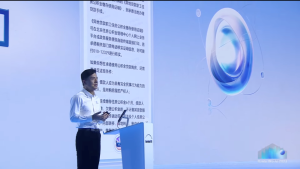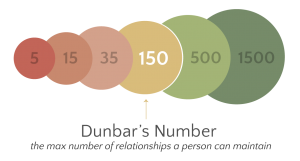— July 12, 2018

FeeLoona / Pixabay
If you’re in the manufacturing business, you know just how important it is to maintain strong vendor and partner relationships. You might make the best stoves, microwaves, medical devices, carburetors, pool supplies, and so on, but if you don’t have a reliable way to get your products to market and in front of customers, your business will suffer.
The key to success is to individualize and grow these vital relationships with your partners. As many manufacturers know, channel incentive programs do more than help you promote products and sales among your distribution channel; they help to strengthen relationships with your vendors. In this blog, we’ll look at five ways to use indirect channel incentive programs to bolster your relationships with vendors.
Stay in contact.
It’s a competitive business environment, and though you might make the best of whatever it is you manufacture, you’re not the only game in town. Everyone, from those in the C-suite to those making the sales, knows this. And that’s why it’s so important to stay in front of your vendors. There is no shortage of how you can do this, and it doesn’t always have to be business related. Sometimes it can be a simple hello that incorporates your brand’s messaging and values. Frequent communication is key here.
Use data wisely.
We live in the era of big data, and if you’re not using data and analytics to help drive business decisions at all levels, you’re not staying competitive. Your rewards programs should be fueled by a data-driven indirect sales strategy. This sounds high level and technical, but basically, it gives you insights into the who, what, where, when and how of your sales channels. Such insights provide the basis for larger sales strategies and are what you need in order to home in on individual channels and regions and create a customized rewards program.
Customize your programs.
You wouldn’t like it if people thought of your business as “just another reward program” or put it in a generic category. Likewise, using a “one-size-fits-all” approach when it comes to creating incentive programs for your channels isn’t very effective, and it doesn’t do much in the way of building a strong, one-to-one relationship. Of course, it would be a logistical nightmare, and not exactly cost-effective, to personally design each rewards program for each individual rep.
This is why the right software to manage your programs is such an important part of maintaining vendor relationships. Based on the data and analysis, the software can track and show opportunities to improve, communicate and keep people up-to-date during the contest and at other times. This makes it easy to create a customized experience.
Educate…but keep it fun.
A big part of your relationship with reps is making sure they are educated on all your offerings. Of course, sending them a thick packet of paper with product specs and branding guidelines isn’t going to get you very far! Rather, it’s important to engage reps in a way that makes learning fun or taps into their competitive nature. You can offer incentives for the successful completion of training modules and quizzes, for example. Hosting competitions and games on your platform is another effective way to train and educate reps in your channels.
Manage your rewards.
If you’re just rewarding top sellers, you’re missing out. Rather than run programs that benefit a few, you need programs that offer targeted promotions in the weak areas of your sales channel. This is important on two counts. First, it allows you to encourage more partners to promote your products, even if they are not top sellers. Second…it’s simply good relationship building.
With the right software running your program, you can use the power of data to drive rewards and create a truly tailored experience. This will benefit your immediate bottom line and help to cement relationships that will be key to future growth.
Business & Finance Articles on Business 2 Community
(44)





